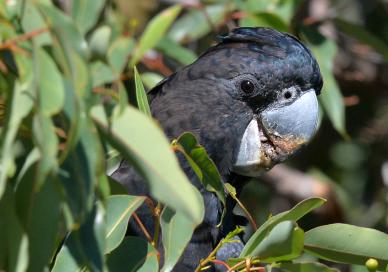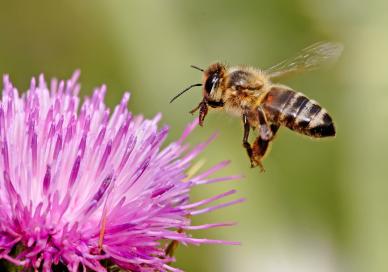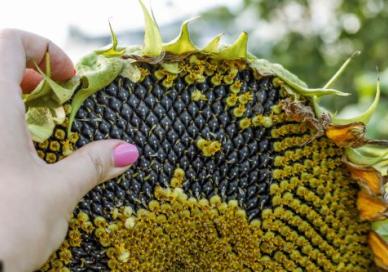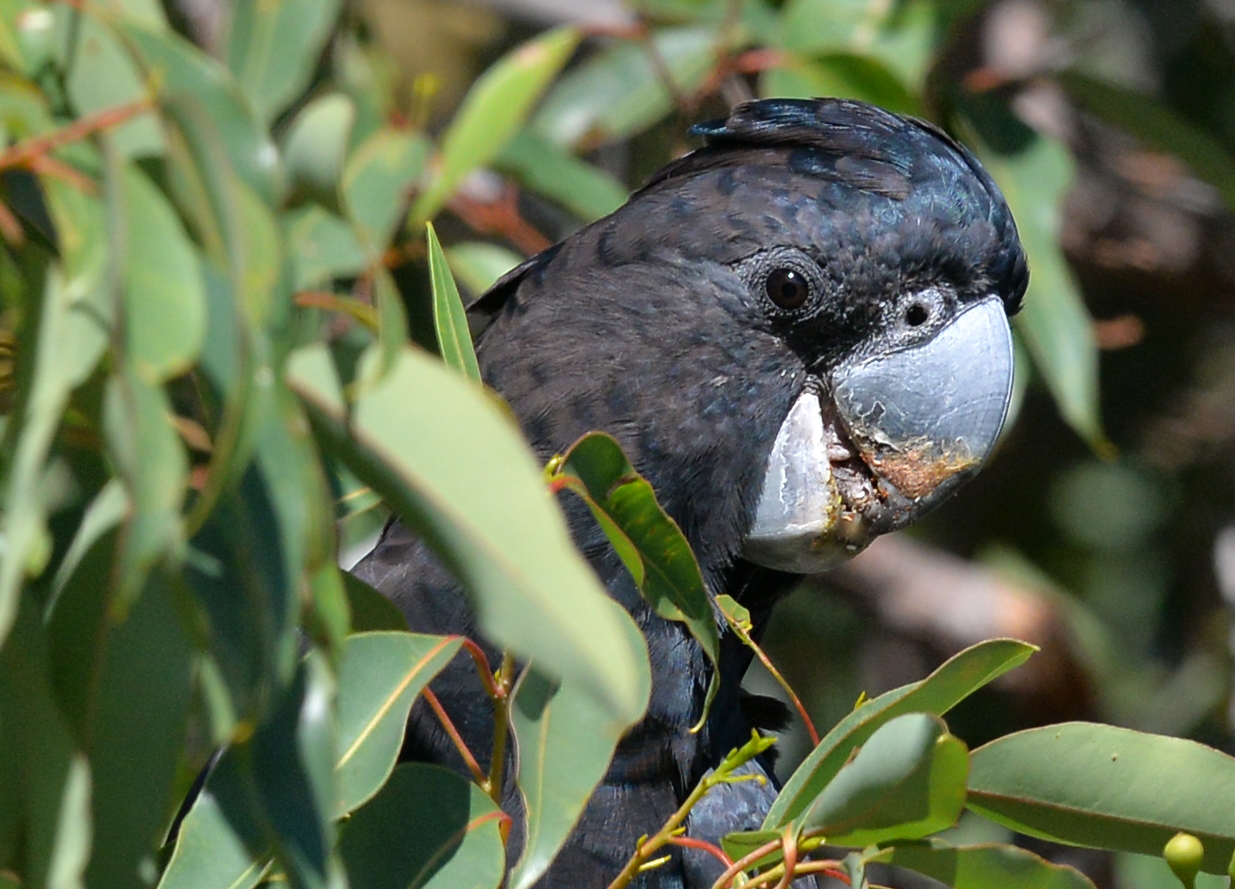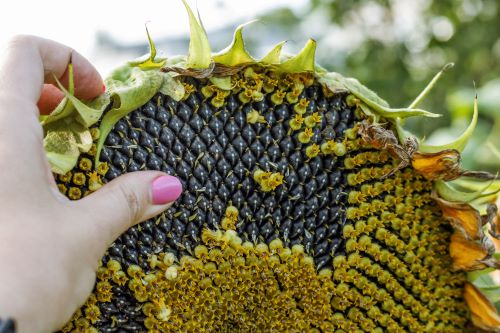This can be broken into three core concepts:
- The form and features of living things are related to the functions that their body systems perform.
- Biological systems are interdependent and interact with each other and their environment.
- A diverse range of living things have evolved on Earth over hundreds of millions of years; this process is ongoing.
More information on how the core concepts develop according to age and stage can be found on the Core science concepts page.
Form and features of living things
The form and features of living things are related to the functions that their body systems perform.
Biological systems are interdependent
Biological systems are interdependent and interact with each other and their environment.
Diverse range of living things
A diverse range of living things have evolved on Earth over hundreds of millions of years; this process is ongoing.
